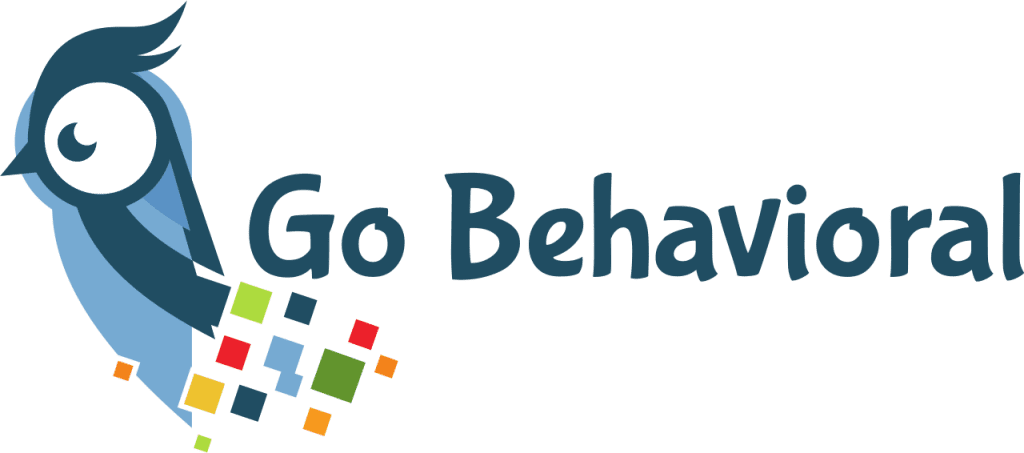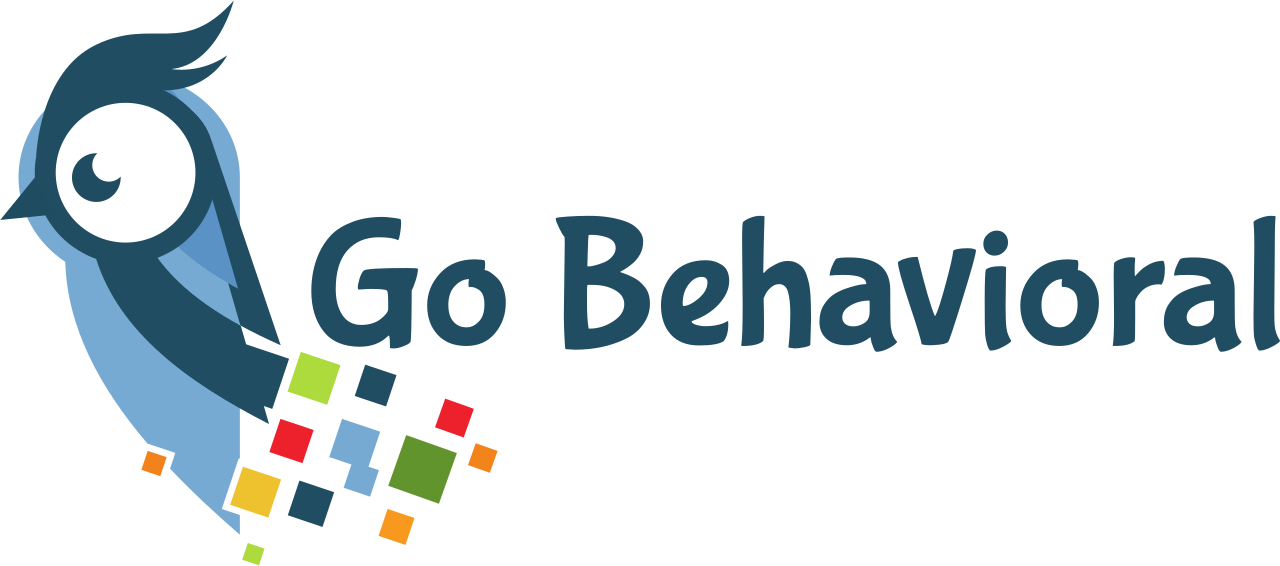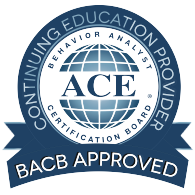About Us
About Us
WHAT IS APPLIED BEHAVIOR ANALYSIS (ABA)?
Applied Behavior Analysis (ABA) is the scientific approach for discovering environmental variables that reliably influence socially significant behavior and for developing a technology of behavior change that is practical and applicable.
Nevertheless, all ABA programs share similar components: discrete trial teaching, programming for generalization to the natural environment, reinforcement, prompting and fading strategies, and outcome-based decision-making.
The Report of the MADSEC Autism Task Force (2000) provides a succinct description, put together by an independent body of experts:
Over the past 40 years, several thousand published research studies have documented the effectiveness of ABA across a wide range of:

Experienced BCBA
GO BEHAVIORAL LLC


- Populations (children and adults with mental illness, developmental disabilities and learning disorders)
- Interventionists (parents, teachers and staff)
- Settings (schools, homes, institutions, group homes, hospitals and business offices), and
- Behaviors (language; social, academic, leisure and functional life skills; aggression, self-injury, oppositional and stereotyped behaviors)
Socially significant behaviors” include reading, academics, social skills, communication, and adaptive living skills. Adaptive living skills include gross and fine motor skills, eating and food preparation, toileting, dressing, personal self-care, domestic skills, time and punctuality, money and value, home and community orientation, and work skills.
WHAT IS AUTISM SPECTRUM DISORDER?
A developmental disorder known as autism (autism spectrum disorder) has deficits in both language and social development. Behaviors that are repetitive, stereotyped, or self-stimulatory are frequently signs of autism. Autism spectrum disorders are frequently accompanied by a range of problematic behaviors.
According to the most recent statistics from the CDC, there are 1 in 53 children in the United States who have been diagnosed with autism spectrum disorder.
Signs and Symptoms
Within three main categories, symptoms and their severity differ greatly. When combined, they may cause only minor difficulties for some people, or more serious symptoms may develop that make daily life more difficult. Even though autism is typically a lifelong disorder,
interventions, or therapies, can lessen symptoms and improve skills and abilities in both children and adults with the condition. The benefits of therapy can last a lifetime, even though it is ideal to start an intervention as soon as possible.

Social Issues
- Delays in learning body language, facial emotions, and other nonverbal communication techniques
- not making friends with peers’ unwillingness to exhibit to peers or adults one’s works, structures, etc.
- difficulty comprehending other people’s feelings

Communication Problems
- Speech delay or absence Communication difficulties while starting or maintaining a conversation
- the practice of repeatedly using the same word or phrase
- comprehending idioms, humor, and sarcasm is challenging

Repetitive Behaviors
- preoccupation/obsession with specific subjects
- Predictability and routines are required
- Minor changes that induce stress can provoke outbursts
- Self-simulatory actions include body rocking and hand flapping
The Fundamentals of ABA Therapy
- Comprehensive evaluation
- Focus on building small units of behavior that lead to larger improvements and
- Increasing independence by emphasizing understanding the current and future worth of the behaviors targeted for treatment
- Gathering information about targets directly observed
- Managing the environment to accelerate the development
- Connecting the behavior’s function (or rationale) to the intervention strategies the development of a customized treatment strategy
- Ongoing and regular direct evaluation, analysis, and plan modifications
- Supporting and educating family members and other professionals directly



